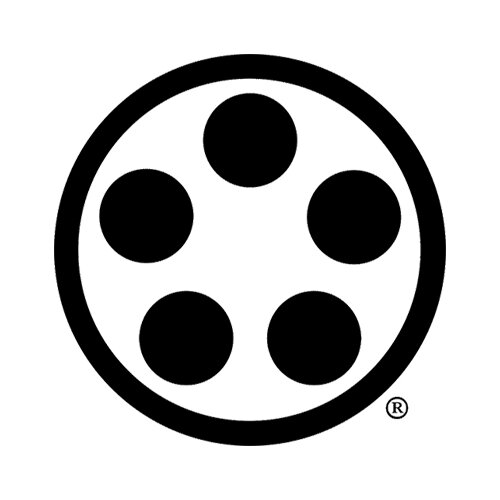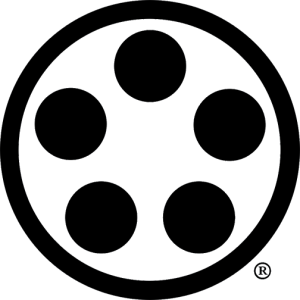2022 Ittō Tenshin-ryū® Taikai: Gateway
New research has shown that we are of two minds: we have two separate but somewhat coordinated brains inside our skulls. They both compete and cooperate as we go through life. One side attends to immediate needs, and deals with them more or less effectively. The other side takes a larger view. There is evolutionary necessity for this neural lateralization in nearly every organism with a nervous system, from people to ducks to flatworms.
One side talks, the other is silent. One side represents the world in a simplified, logical, linear, succession of multisensory snapshots, with running commentary. The other perceives the complex processes of life without analysis or interpretation, as direct experience. One side is ready with a heroic saga, and acts on it. The other presents only a howling void by way of argument, but misses nothing.
While there is new science around this idea, it is not unfamiliar to practitioners in Budō. Traditional terms-of-art like Mind and Void depict a strikingly similar view, and the physical teachings of the Itto Tenshin-ryu convey otherwise inexplicable truths: the Way that can be spoken is not the Way. And, there is a gateway to that other world of direct experience, a world that we would otherwise ignore most of the time. The 2022 November Taikai exemplified just such a passage.
Structurally, in a metaphoric journey of discipleship, the class proceeded from elementary exercises, interspersed with periods of sitting. But this was to be no mere travelogue of successively higher skillsets. The usual demonstration-and-reps would have more than satisfied the avid hobbyist. But here were students representing the full range of accomplishment. What do you give one who has everything? Simple enough (and simple things aren't): take them to a domain where nobody has anything.
For this class, no experts need apply. Just move this foot, there. Turn the body, so. Move the sword here. It made no difference at all that this was not my first rodeo. There was too much to absorb. It all passed by in a flash. I was thrust back into my first day in a dōjō. Months and years would come and go before I had any sense of what I was doing. Then performance would remain out of reach for a long time as that idea eroded, before I would be able to give a recognizable sketch of Kata, and perform a semblance of o-chiburi without scalping myself.
Nevertheless, as in the old days, I persisted pointlessly in trying to figure it out. I could not concentrate on the details and move at the same time. It was like a series of freeze-frames, and I could not connect them coherently. If I got one about right, attempts to move into the next form fell apart. It seemed impossible to keep track of a series of simple changes, like trying to walk by reading anatomical directions.
I had no access to my years of repetitions, Kotegiri or Myoken, or a dozen other heiho with familiar movements. Indeed, to have drawn on that experience would have been to ignore the Instructor; but even if it had occurred to me, I couldn't have switched gears, to move into a groove of muscle-memory.
Meanwhile, the body went through and through the movements, building neural pathways, as it had under the relentless eye and occasional blows of our Renshi. And after a time it wasn't necessary to bother with feet and so on; the parts showed up on schedule and with increasing precision when the whole was invoked.
Something extraordinary happened about halfway through the last day. Perhaps we crossed over from the linear, logical, self-consistent, rational--aka, business-as-usual--to the emergent, relational, dynamic, responsive. That side doesn't bother with lists or catalogs of strategies, nuances of posture: forget about making the feet and hands do the right things. Just go cut! Again!
Now, as Uchitachi seemed to perform Taikyoku-no-ken, Shitachi seemed to execute Sa-yu, from Kirigaeshi. Old hands and mudansha alike in a sea of beginner-mind. Could this be mushin? I don't know. You can't get there from here.
This was not only a demonstration of "the journey of a deshi." It revealed the essence of the Art, and of Budō.
THE END


